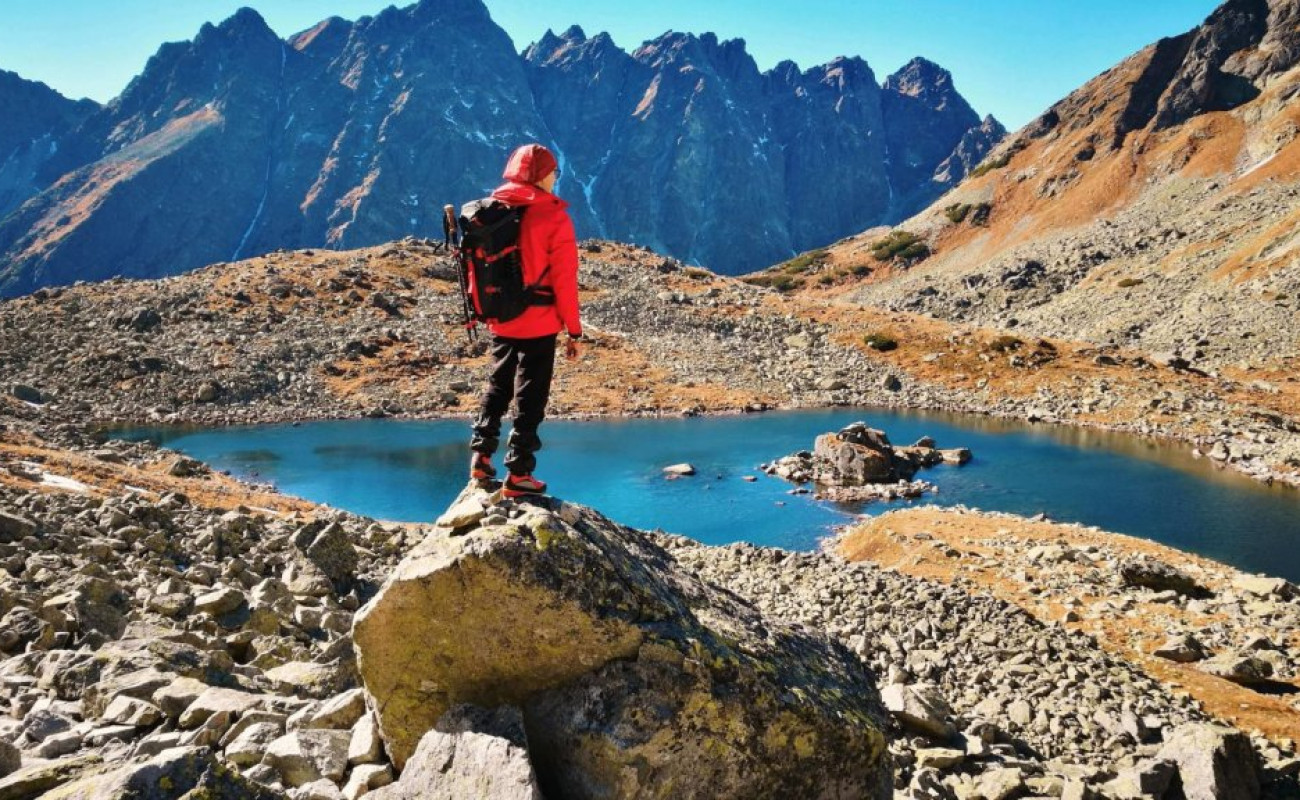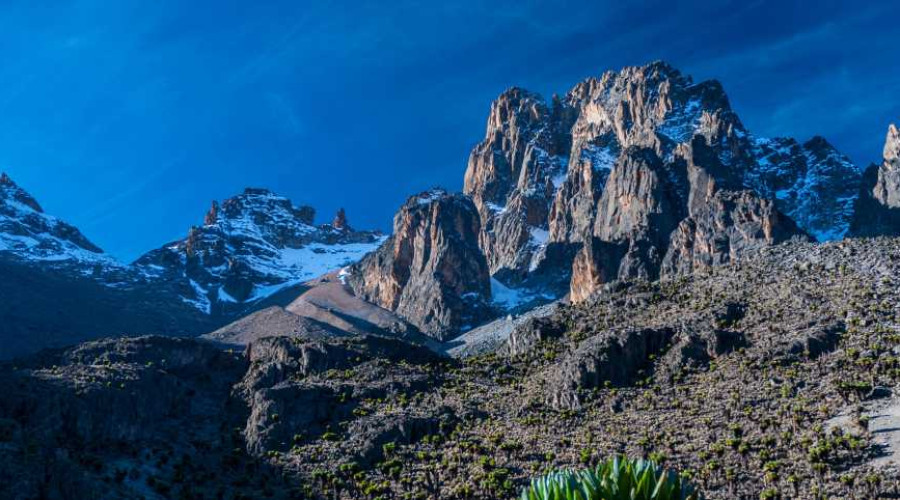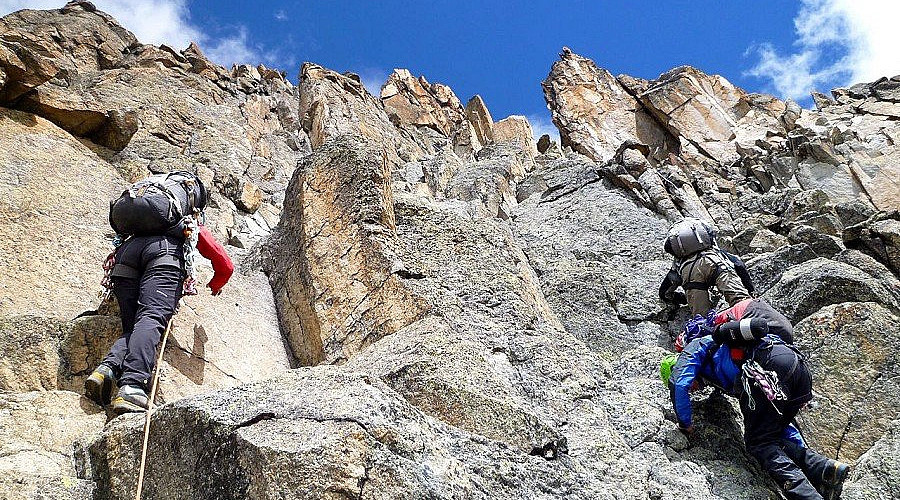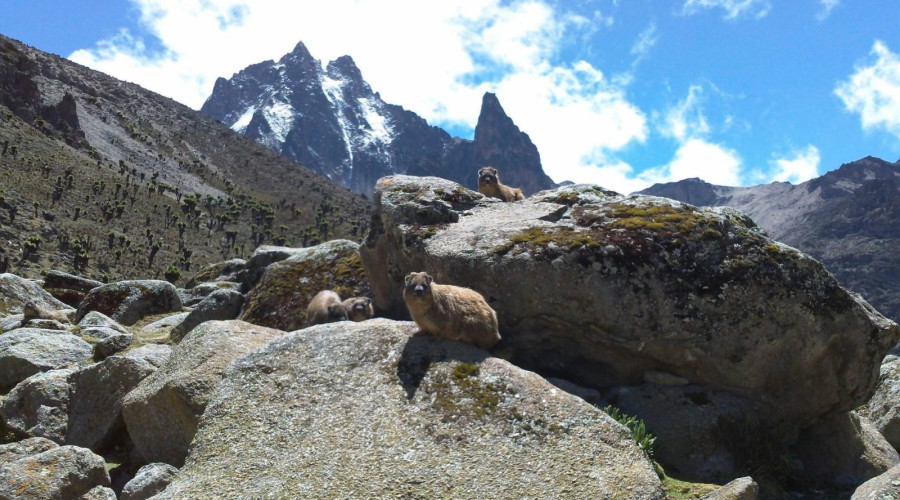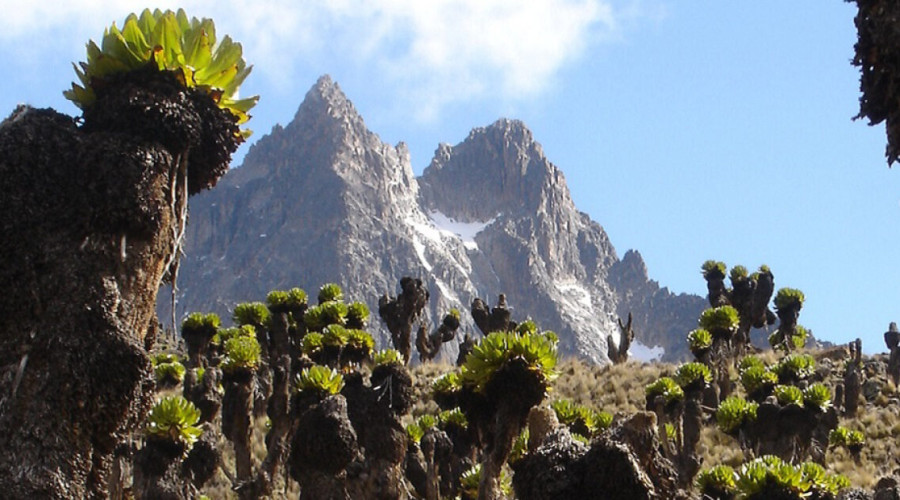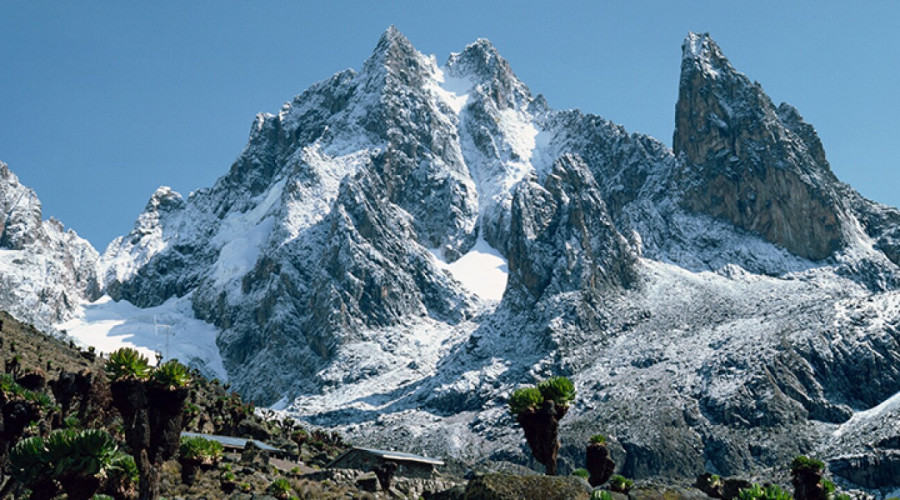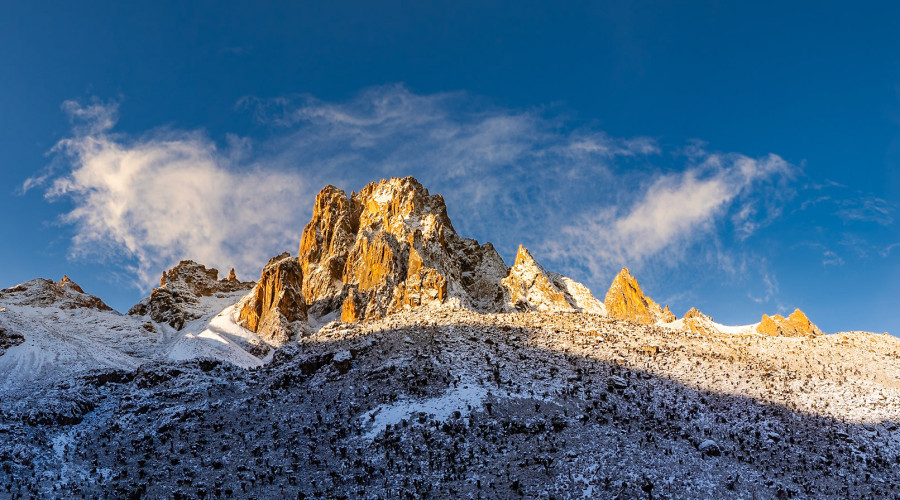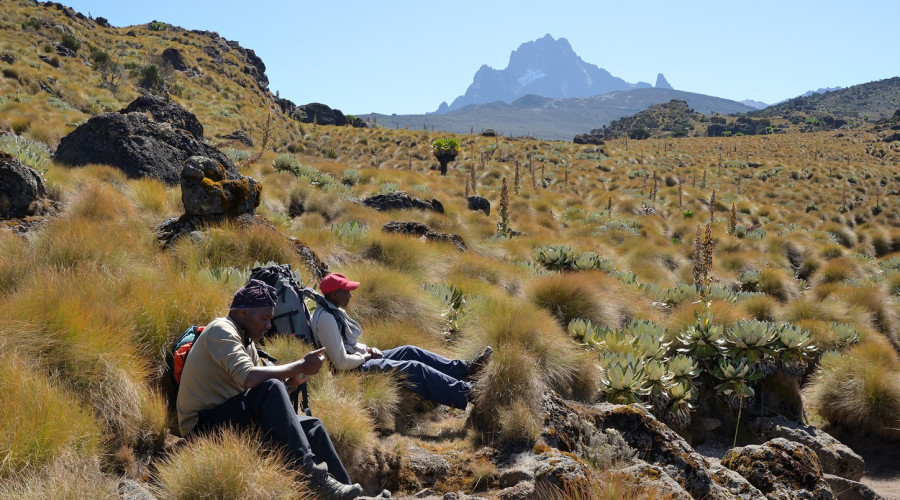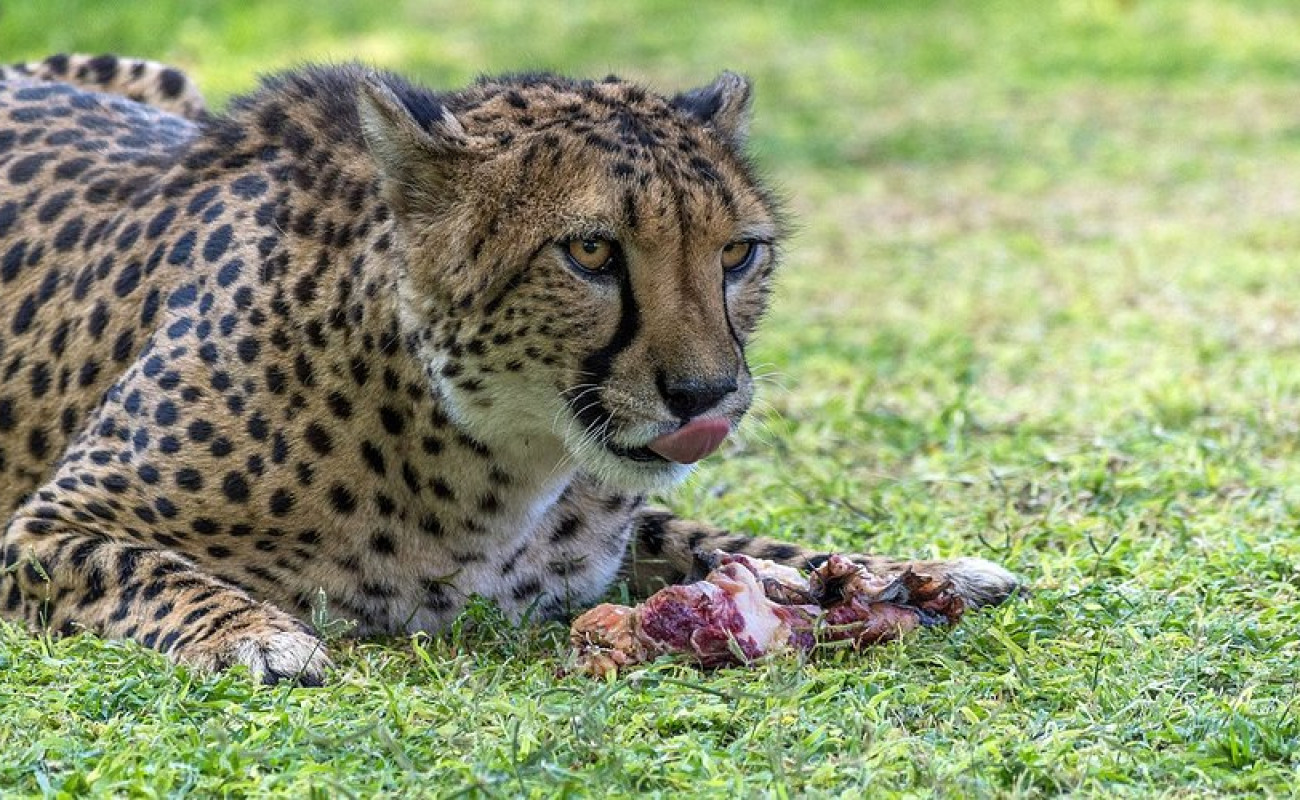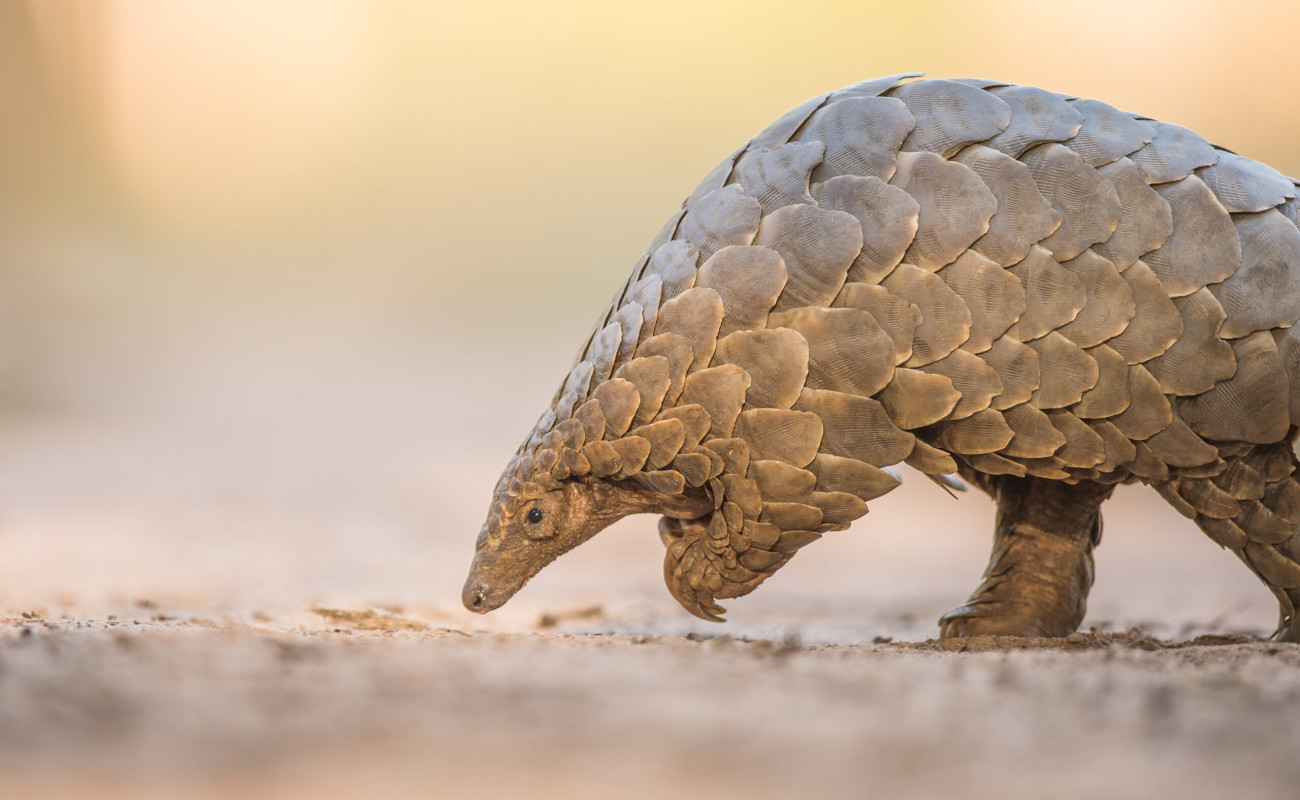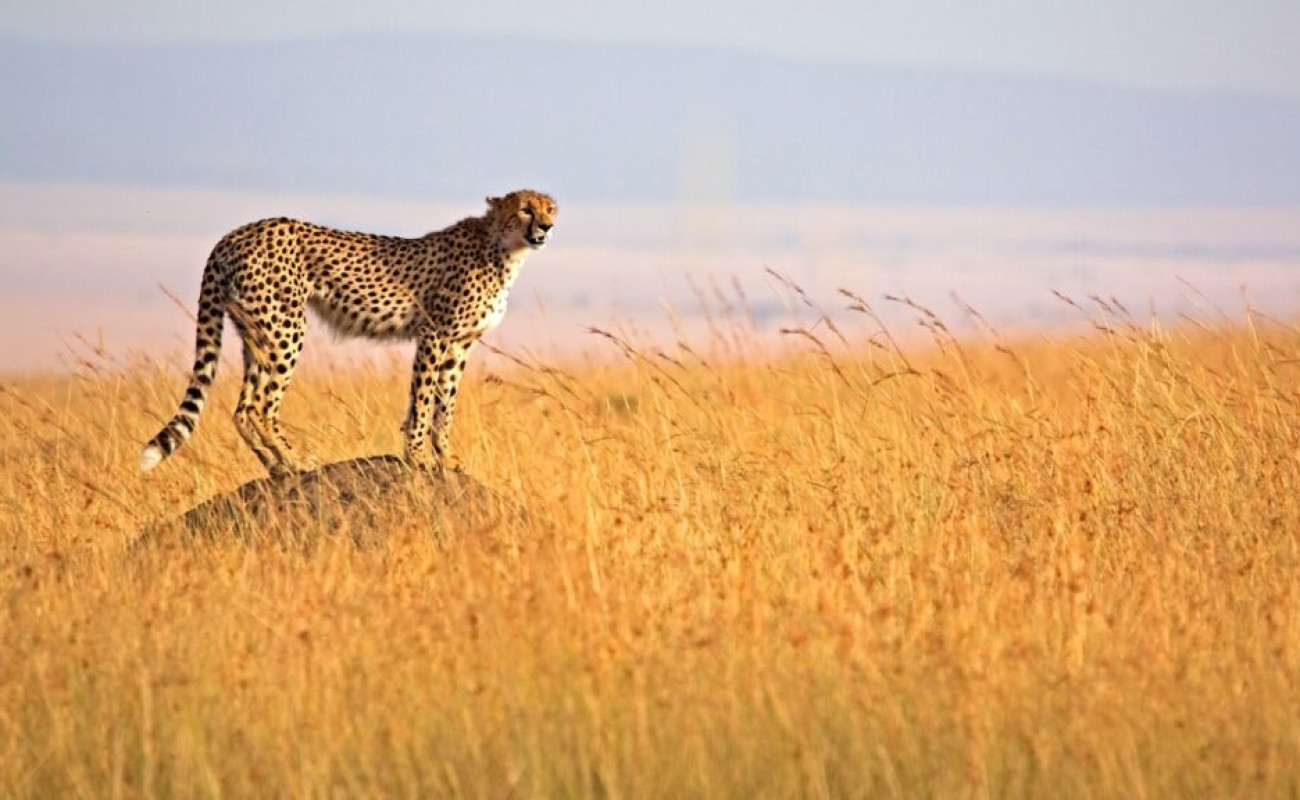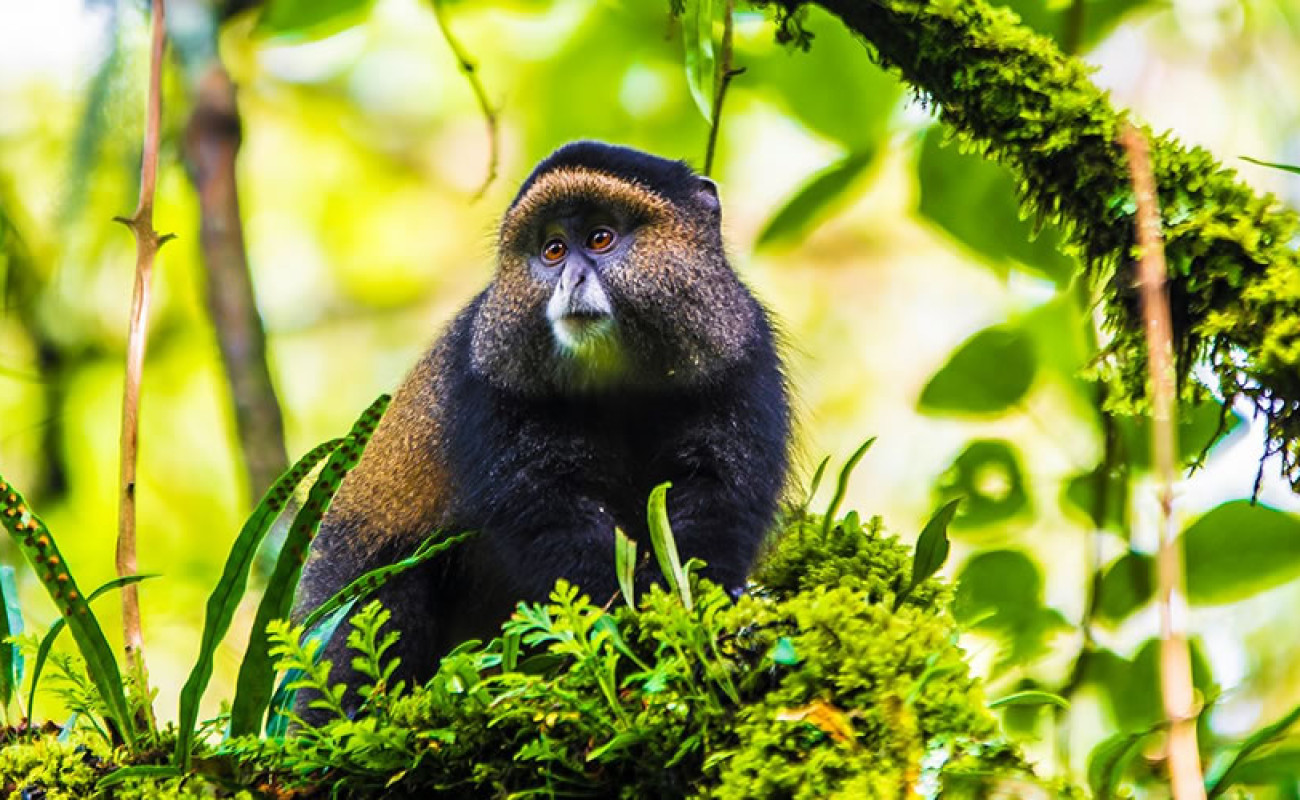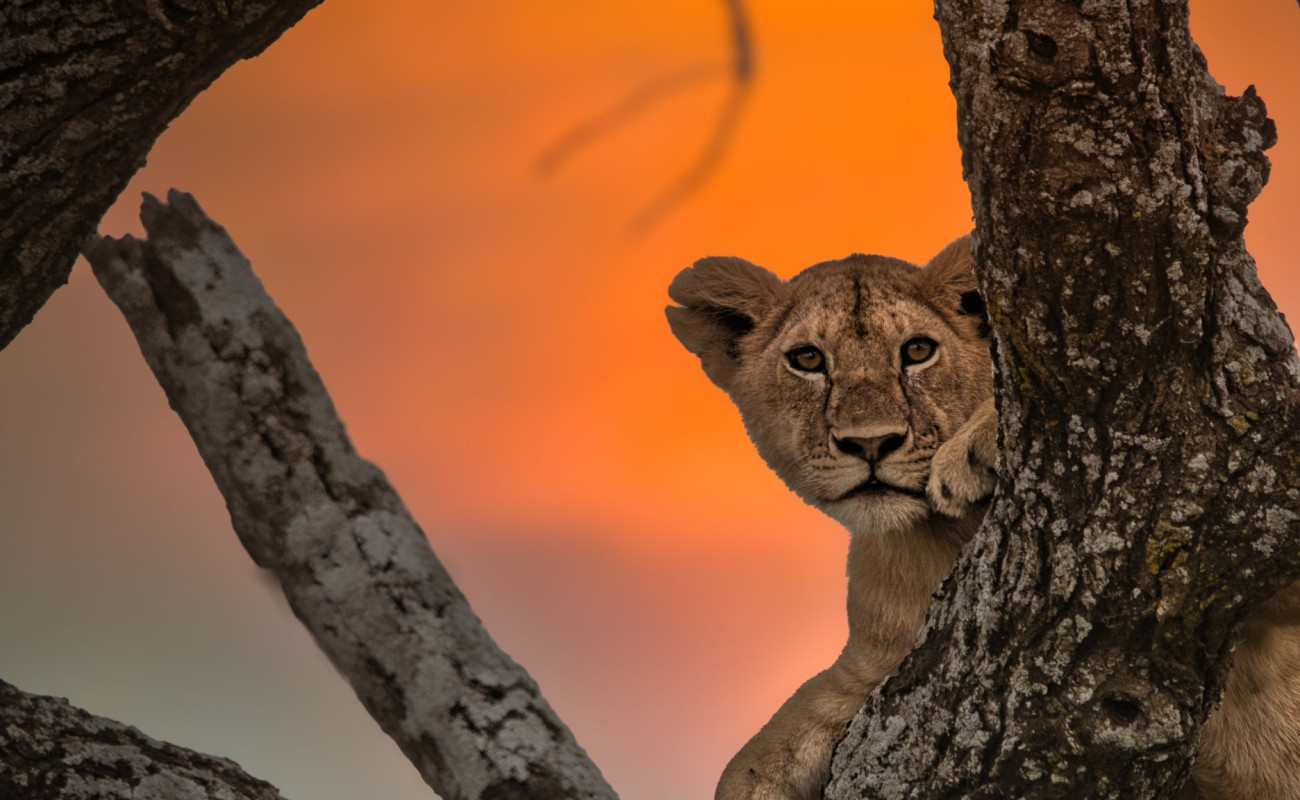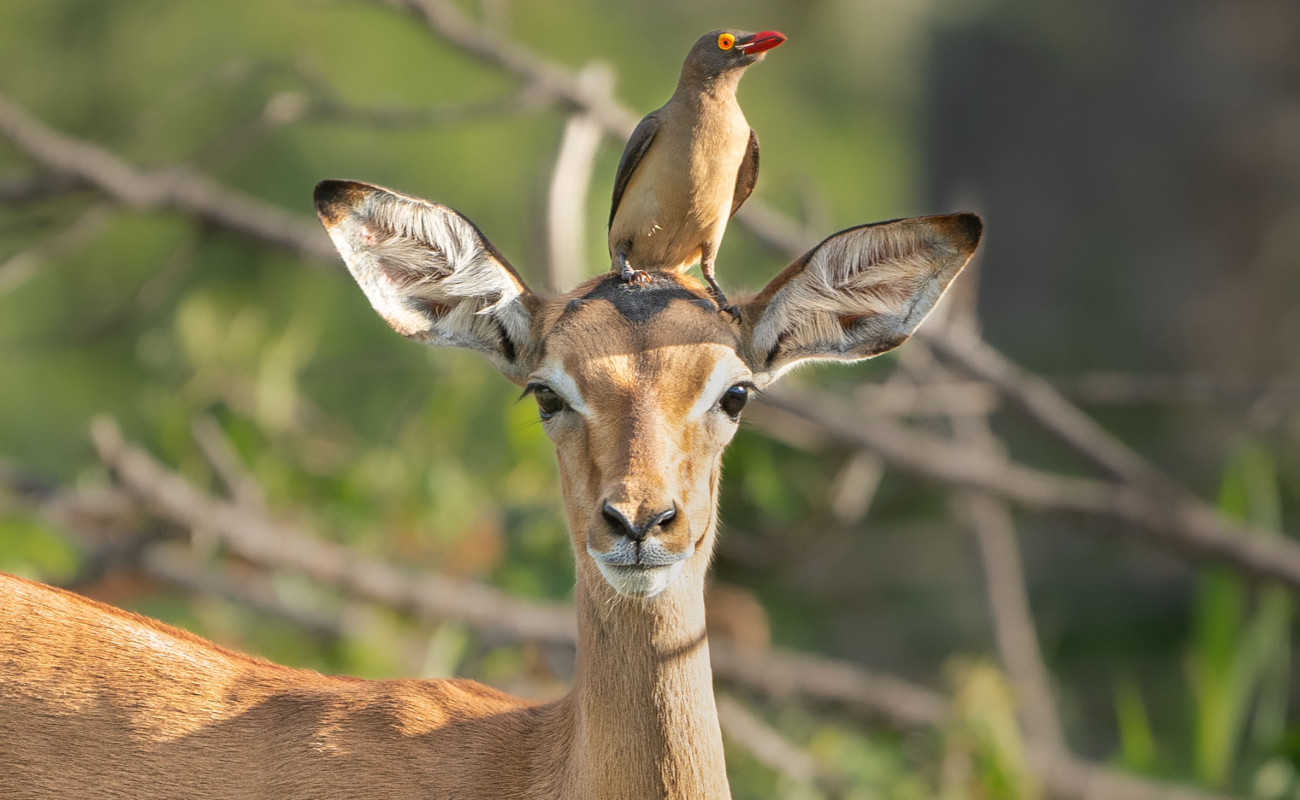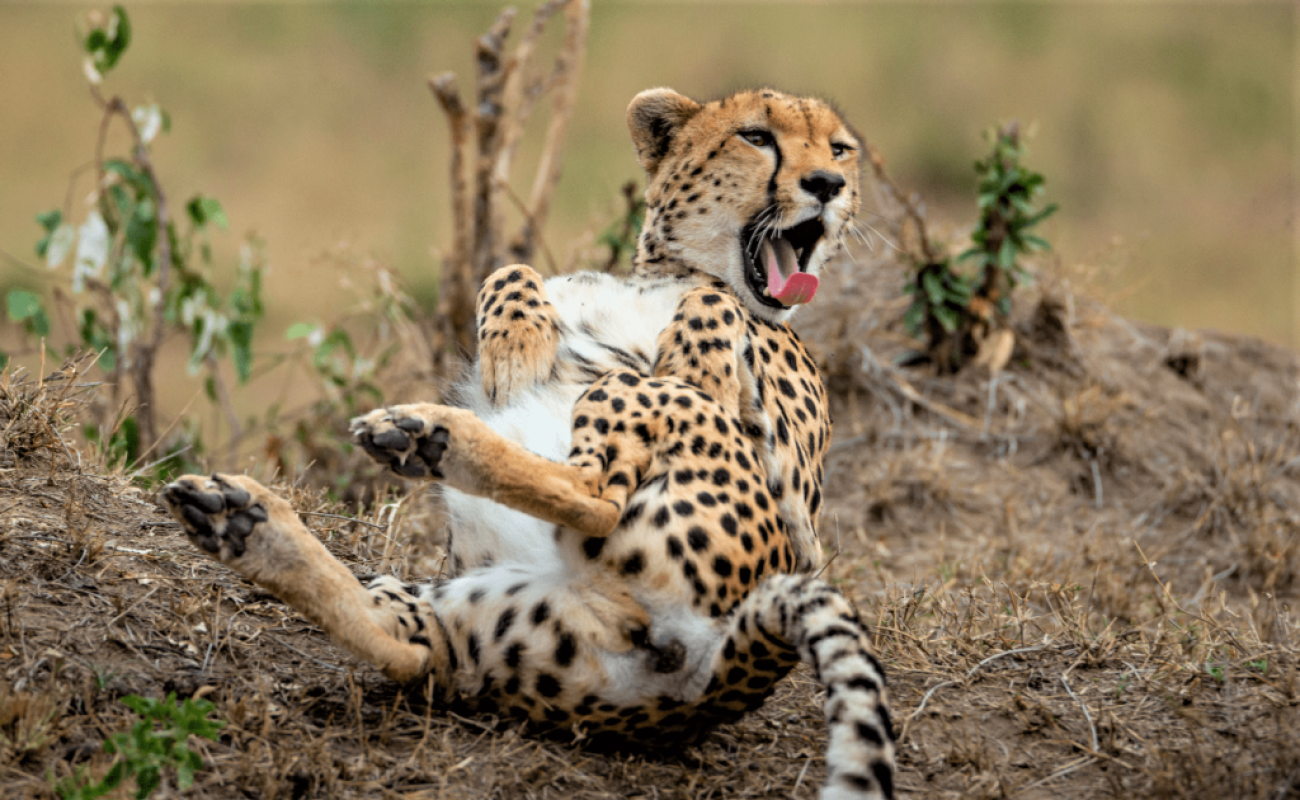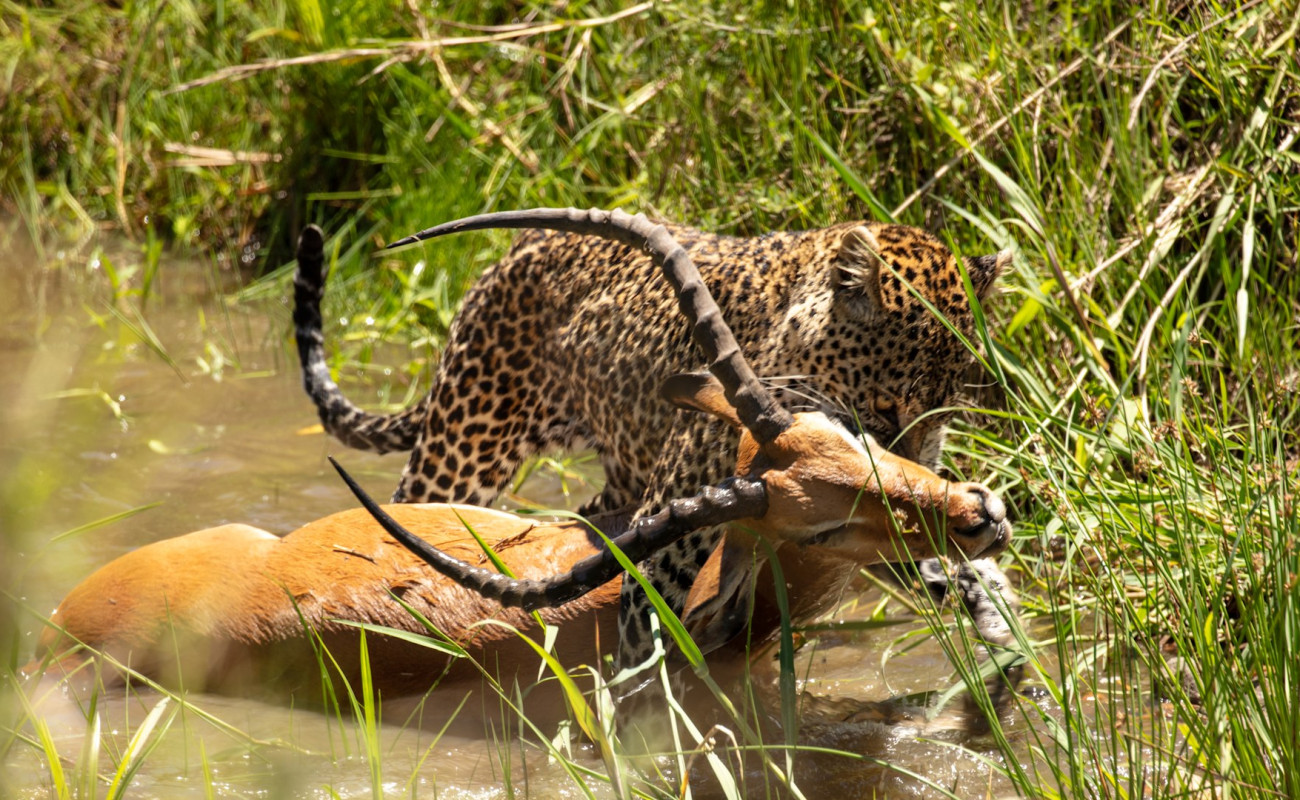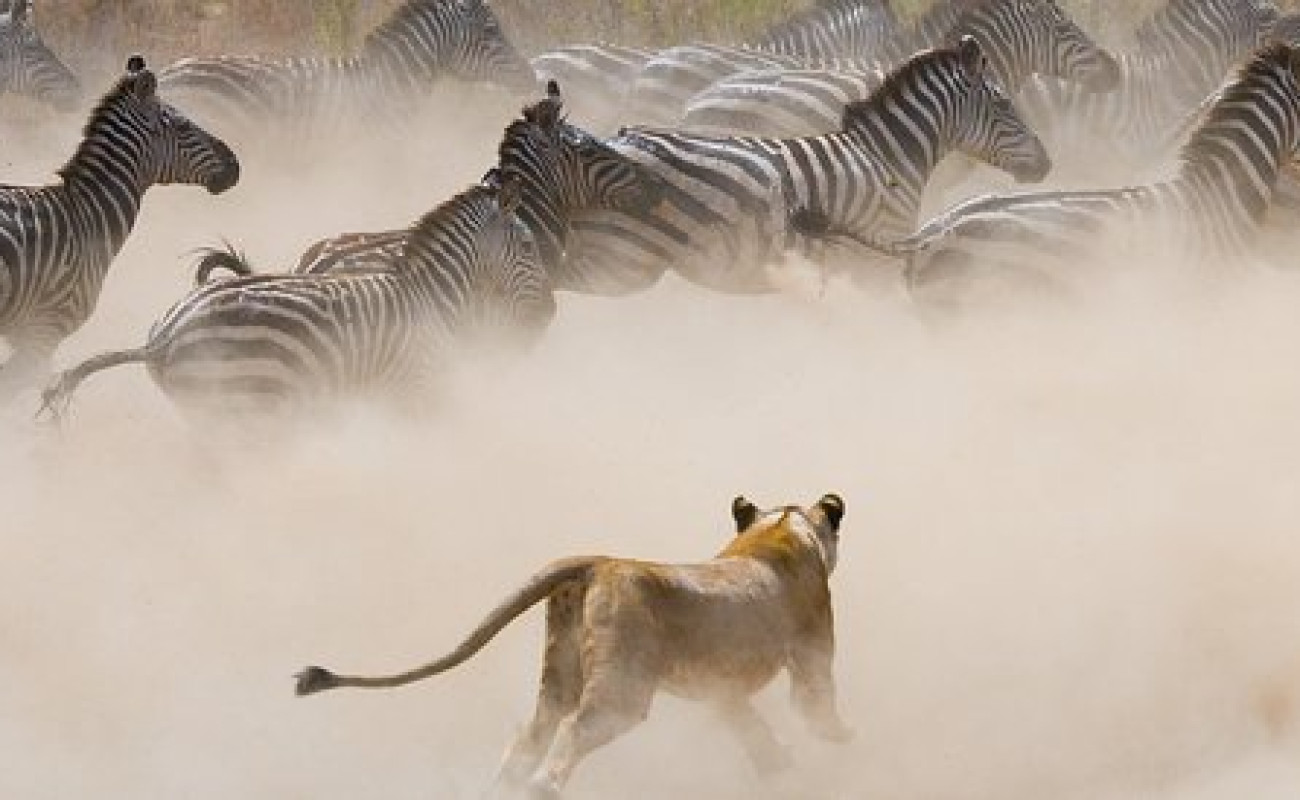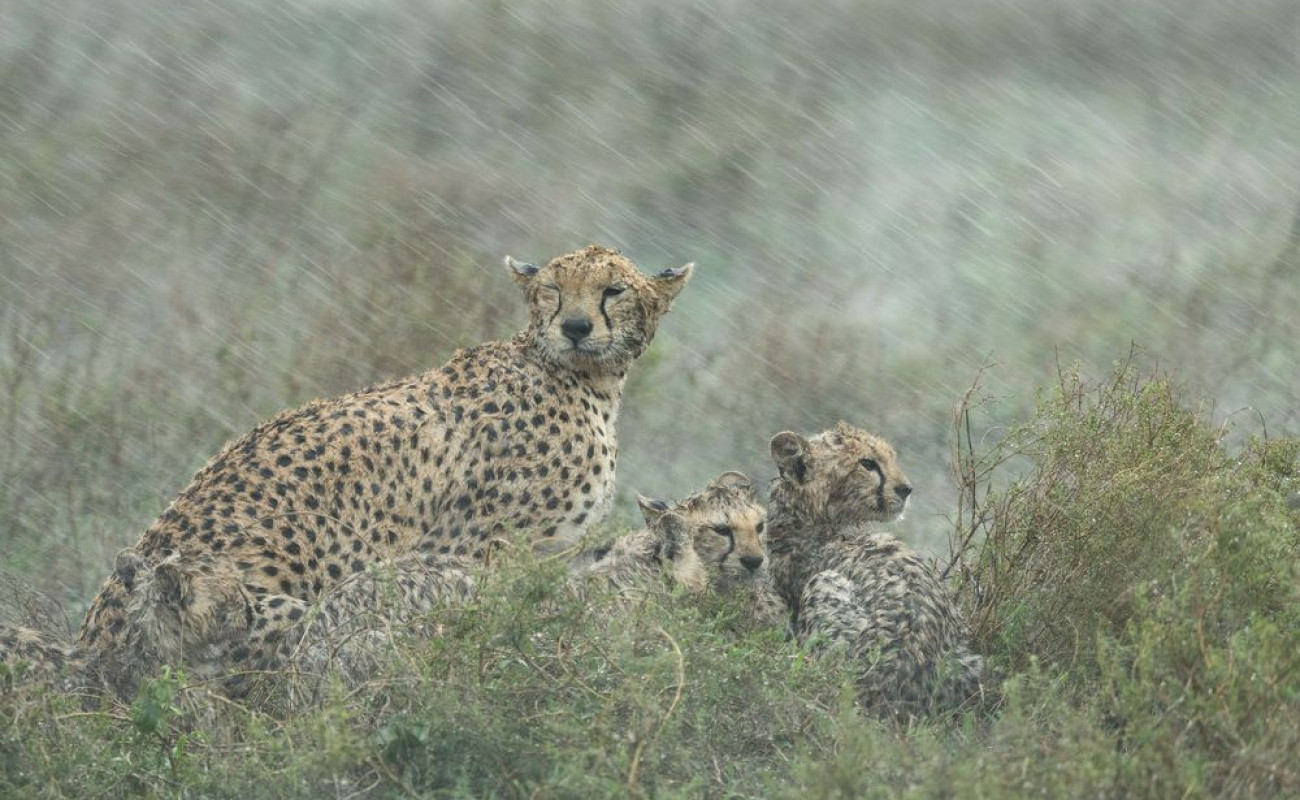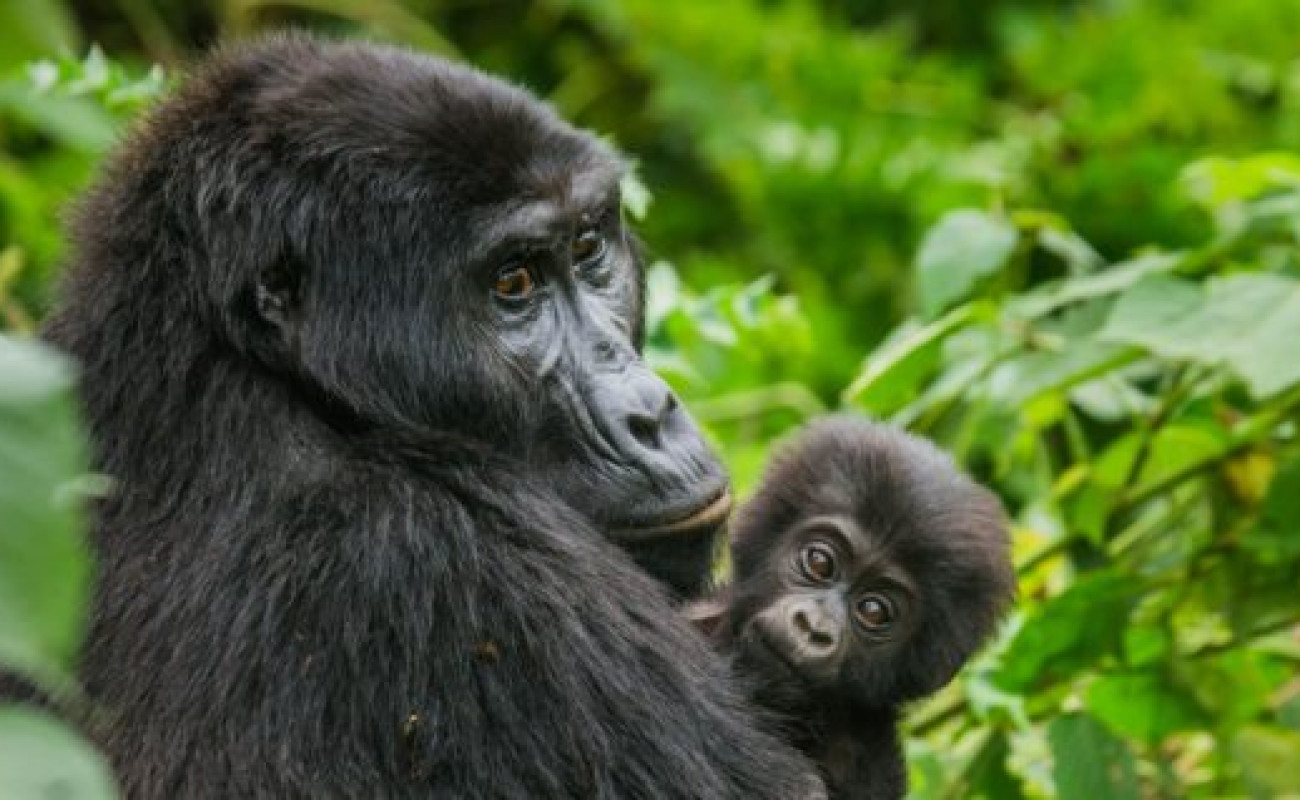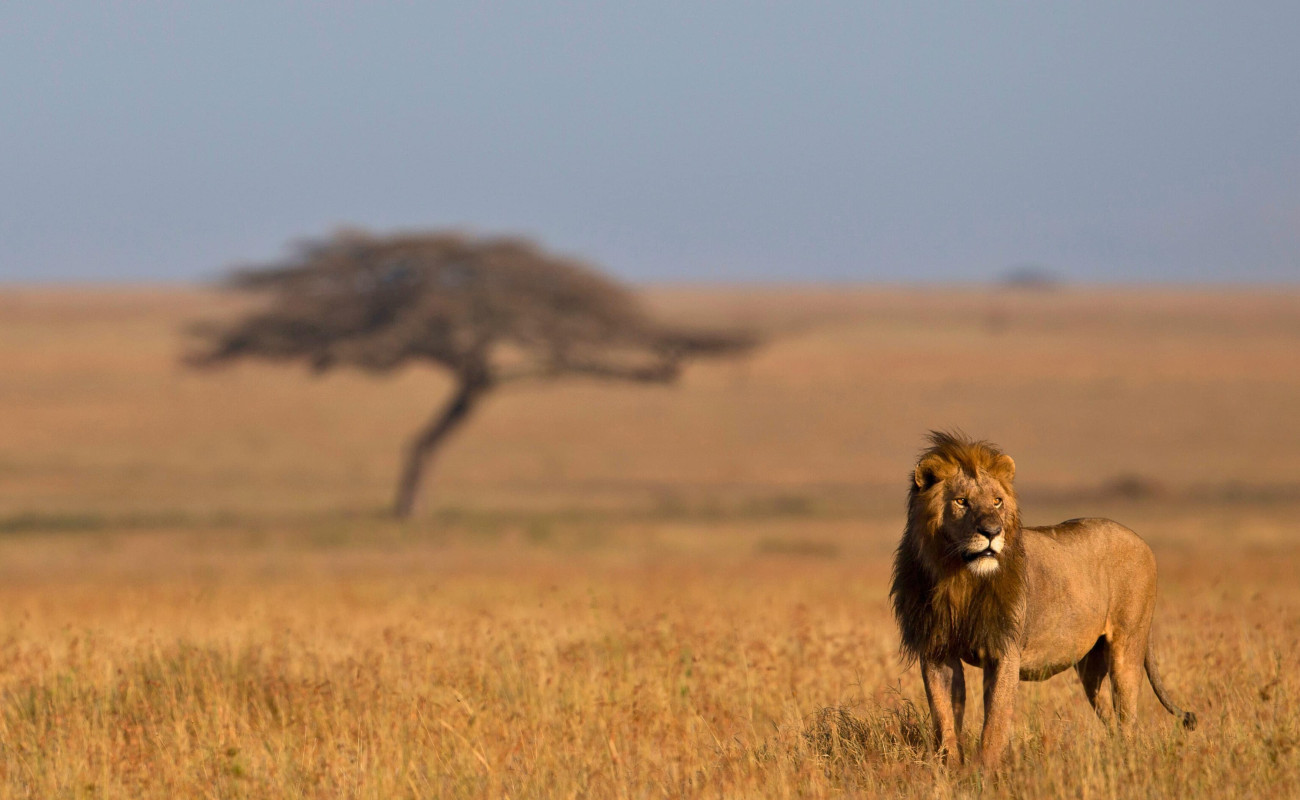Unlike Kilimanjaro, Mount Kenya receives fewer trekkers, meaning less crowded trails and more authentic wilderness. Its wildlife encounters—buffalos grazing near campsites, colobus monkeys in the forest, or hyraxes on the rocks—make it feel like a safari and trek combined.
The mix of scenic routes, cultural legends, glaciers, and challenging peaks makes Mount Kenya one of the world’s best trekking destinations for both beginners and experienced climbers.
At Eagle Soul Adventure, we believe every journey up Mount Kenya is not just an adventure, but a responsibility. By exploring this majestic mountain sustainably, respecting wildlife, and supporting local communities, you help preserve its natural beauty for generations to come.
Ready to experience Mount Kenya like never before? Whether it’s a sunrise at Point Lenana, trekking the scenic Chogoria route, or photographing glaciers and wildlife, your adventure starts here. Book your guided expedition today and join us in exploring, respecting, and conserving Africa’s crown jewel.
Contact us: info@eaglesouladventure.com
WhatsApp: +255 752 043 429
